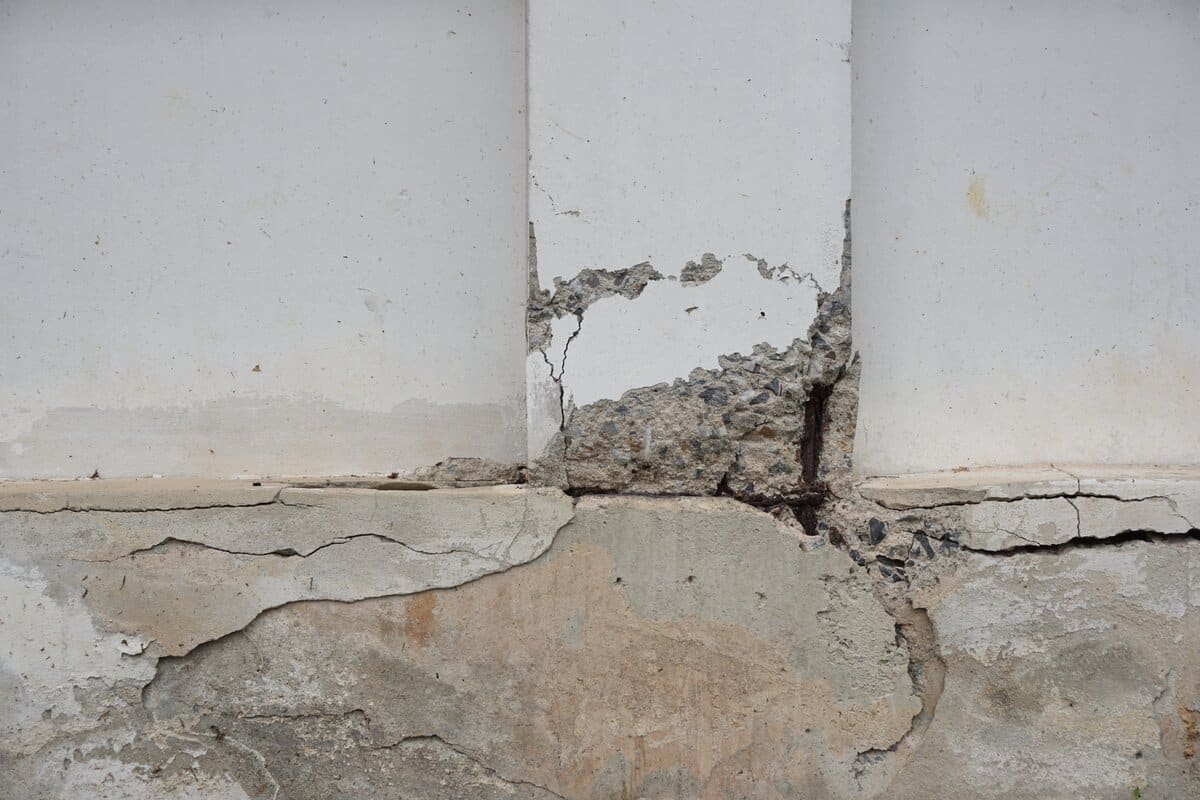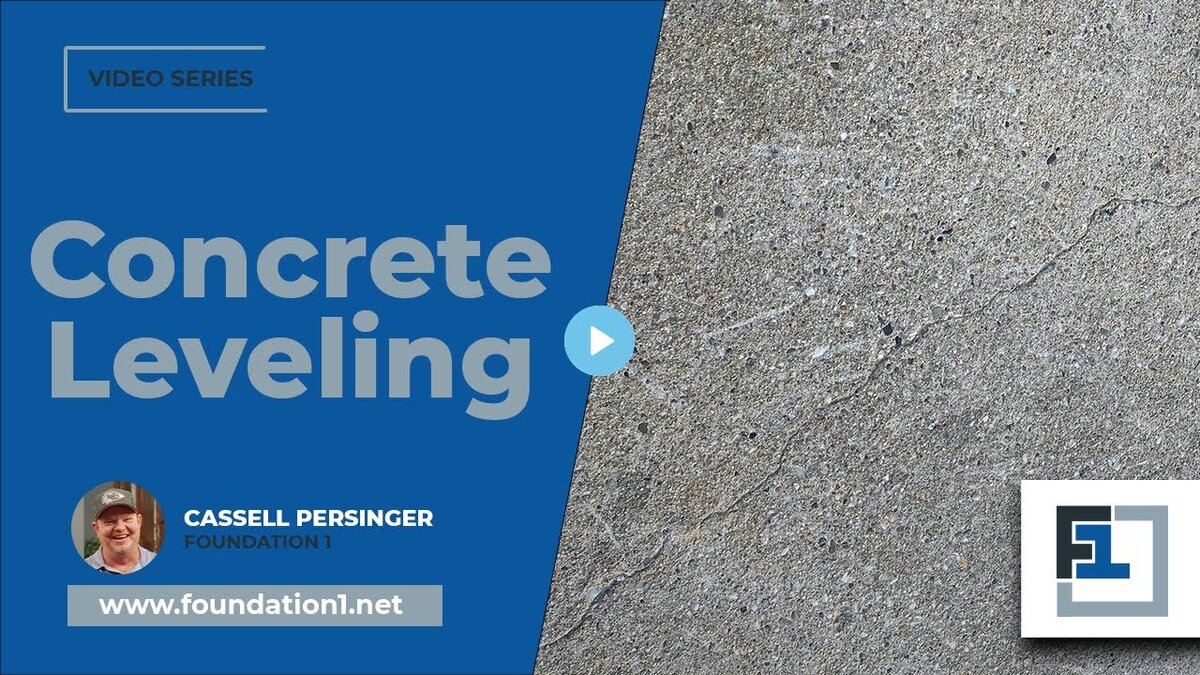Foundation cracks can be alarming for any homeowner, signaling potential issues with the structural integrity of their property. However, not all cracks are created equal, and discerning between structural and non-structural cracks is crucial. In this guide, we’ll learn the difference between structural vs. non-structural foundation cracks, emphasizing their significance and providing insights into how homeowners can effectively address them.
What Sets Structural Cracks Apart?
When it comes to foundation cracks, one of the key distinctions is whether they are structural or non-structural. Structural cracks, as the name suggests, indicate underlying problems with the foundation’s structural integrity. These cracks are typically more severe and require immediate attention to prevent further damage to the building.
Identifying Structural Cracks
How do you distinguish structural cracks from non-structural ones? Typically, structural cracks are wider, longer, and may be accompanied by other signs of foundation issues such as uneven floors or doors that no longer close properly. These cracks often appear in specific patterns, such as diagonal or horizontal lines, indicating movement or pressure on the foundation.
The Importance of Prioritizing Structural Repairs
Addressing structural cracks should be the top priority for any homeowner. Even if the crack seems minor, ignoring it can lead to more extensive damage over time. Structural repairs aim to stabilize the foundation and prevent further movement or shifting, which could compromise the entire structure.
Types of Structural Repairs
When it comes to repairing structural cracks, there are several options available. The first step is to conduct a thorough assessment to determine the cause and extent of the damage. Once identified, a structural repair plan can be implemented. This may involve techniques such as crack injections, exterior membranes, or epoxy injections to bond the concrete and strengthen the wall.
The Role of Non-Structural Repairs
While structural repairs take precedence, non-structural repairs also play a crucial role in maintaining the integrity of the foundation. These repairs focus on addressing issues such as minor cracks or leaks that do not pose an immediate threat to the structure. While not as urgent, it’s essential to address these issues to prevent them from escalating into larger problems in the future.
Addressing Non-Structural Cracks
Non-structural cracks, although less severe, should not be ignored. Depending on the nature of the crack and its underlying cause, repairs may include filling the crack with sealant or applying waterproofing membranes to prevent moisture infiltration. While these repairs may not be as extensive as structural repairs, they are still essential for maintaining the overall health of the foundation.
The Importance of Professional Assessment
Whether dealing with structural or non-structural cracks, it’s crucial to seek professional assistance. A qualified foundation repair specialist can conduct a thorough inspection, identify the root cause of the cracks, and recommend the most appropriate course of action. Attempting DIY repairs or ignoring the issue altogether can lead to further damage and costly repairs down the line.
In Summary
Structural vs non-structural foundation cracks can have significant implications for the stability and safety of your home. While structural cracks require immediate attention to prevent further damage, non-structural cracks should not be overlooked. By prioritizing structural repairs and seeking professional guidance, you can ensure the longevity of your home’s foundation.
If you suspect foundation issues or notice any cracks, don’t hesitate to contact us for a thorough inspection and expert repair solutions.




